I am trying to count the number of drops in this image and the coverage percentage of the area covered by those drops. I tried to convert this image into black and white, but the center color of those drops seems too similar to the background. So I only got something like the second picture. Is there any way to solve this problem or any better ideas? Thanks a lot.






